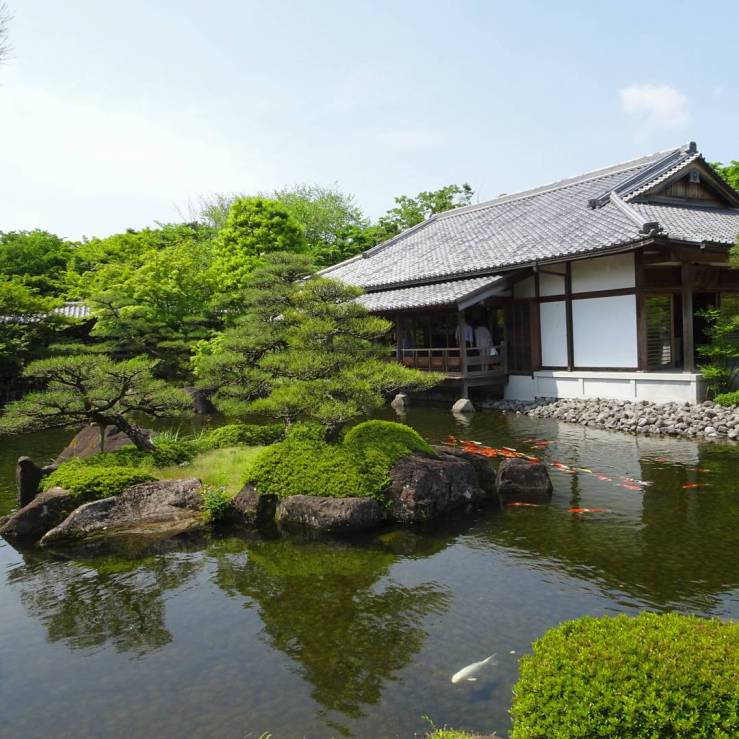I remember being at the end of my last backpacking trip (a month through Vietnam, Cambodia and Thailand), when I was in Bangkok, about to fly home and all of my being just wanted to continue, to go south to Malaysia and beyond.
Arriving in Tokyo last week, I felt much the same, in a surreal haze of disbelief that my greatest of adventures will end here. But as a place for the last stop of this glorious journey, Tokyo gave me a send off, the likes of which can only be managed by this world’s most intoxicating and effervescent cities.
As any self respecting animé fan will tell you, Tokyo is home to one of the world’s great manga and animé hubs, Akihaba. This area hosts a huge range of stores, cafes and stands dedicated to electronic goods and next-generation games. I spent an enjoyable afternoon here uncovering the gems hidden in this labyrinthine shopping experience. North-east of this area is the looming tokyo skytree, a huge tower under which is a delightfully Japanese shopping mall; hosting its own pokémon centre, ghibli shop and animé booths.

The ghibli shop enchanted me beyond compare, the products sending waves of nostalgia through me, so much so that I caved in and put a reservation on an expensive, but wonderfully crafted Laputa robot from Ghibli’s tremendous film ‘Castle in the Sky’. Skytree lit up as the sun went down, giving me a fitting end to my first day’s rambles.
Exploring this city by foot is impossible, even for me, so I generously employed the ¥600 24h metro passes available at all metro stations. I explored Tokyo Midtown, Tokyo tower and even managed to find the famous Miyazaki designed clock at the Nippon tv tower. The clock is reminiscent of Miyazaki’s ghibli creation, Howl’s Moving Castle. Ghibli enthusiasts and tourists alike gather for the mechanical movements and anamatronic routine that the clock performs every ten minutes.
My time in Tokyo was punctuated with meet ups with a few friends who live in the city. One evening I met up with Chris, a french guy I’d met in Brighton, a few months before my journey started, and he took me to a drinking den in Golden Gai, where the bars are intimately sized, with no more than 6 or 7 seats, and we spent a lovely evening meeting locals and visitors alike. Golden gai is an expensive place to drink, but the conversation and sociability more than makes up for the ¥800 beers.
 The next day, I got taken around by Shimon, a friend I’d met as a teenager, just before the University years. We met at the famous Shibuya crossing, where we caught up overlooking the throng of padestrians crossing the famous roads. He took me through Shibuya’s back streets, a varied collection of lanes with the quirkiest of Tokyos shops, and featuring the famous Takeshita Street, where you can spot the latest bizarre Japanese trends.
The next day, I got taken around by Shimon, a friend I’d met as a teenager, just before the University years. We met at the famous Shibuya crossing, where we caught up overlooking the throng of padestrians crossing the famous roads. He took me through Shibuya’s back streets, a varied collection of lanes with the quirkiest of Tokyos shops, and featuring the famous Takeshita Street, where you can spot the latest bizarre Japanese trends.
In the afternoon, we met up with Erica, a university friend (fun fact: all three of us were born in the same hospital) and a few of her friends at Tsukiji Market where fish is traded early in the morning. We all enjoyed a delightful feast of sashimi in one of the backstreets, and finished our evening with a drink on a balcony bar of the Marunouchi Building.
I was based in the area of Shinjuku, home of the busiest rail station in the world (by footfall), and so many of the city’s best sights were in walking distance. One of my last days was spent walking south to the Meiji shrine near Shibuya. This temple is surrounded by a huge forested park, allowing you to escape Tokyo’s intensity for a few hours.
Also close by was the Tokyo Government Metropolitan Building, where you can view Tokyo from the 45th floor without having to pay a single Yen. Taking the liberty with this, I spent three sunsets up there, watching the greys, blues and greens of the city turn to burnished orange as the sun crept down below the western mountains.
For my final day, I explored the Shinjuku Gyoen national gardens. This was my favourite of Tokyo’s parks as its personality reminded me of central park, with the skyscrapers looming beyond the trees, yet with a sense that you were enveloped by nature. The best area of the park is certainly the Japanese traditional garden in the south-west corner, a world of bridges, ponds and bamboo groves.
Following my nature detox at Gyoen, I headed East to one of Tokyo’s most popular tourist attractions, Asakusa. Here one will find gleaming red pagodas, shrines and lanterns, flanked with markets selling everything from toy Katanas to wasabi kitkats (seriously, try it, better than it sounds).
So now as I lay my head down for my final night’s sleep in Japan, thinking of my journey home tomorrow, I feel a huge sense of achievement. I have travelled for 9 months, mostly on my own, through 15 countries to Japan’s capital. I cannot begin to process the whole trip, so I think I will leave that for another day.
Thank you Japan – Jané!








































